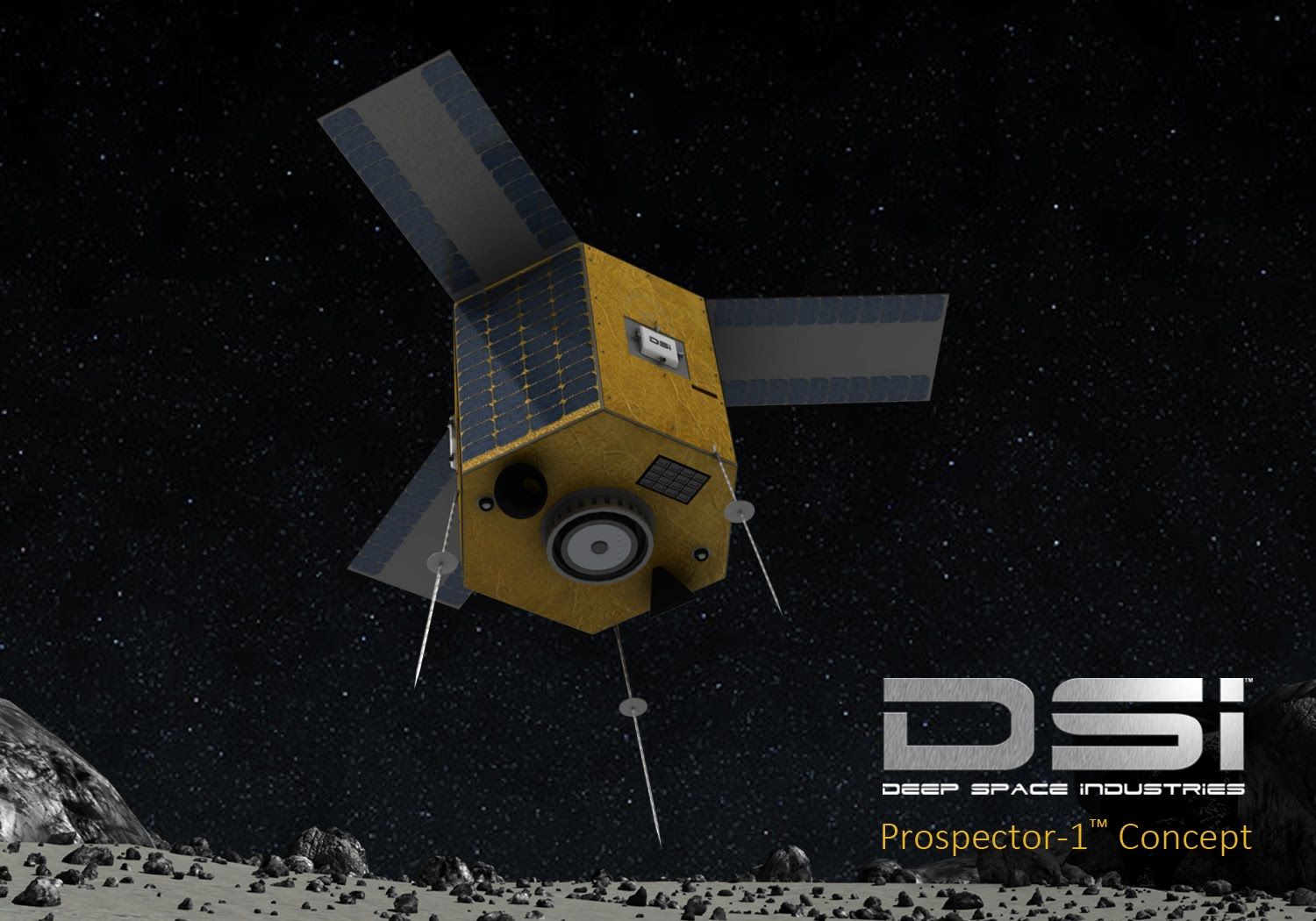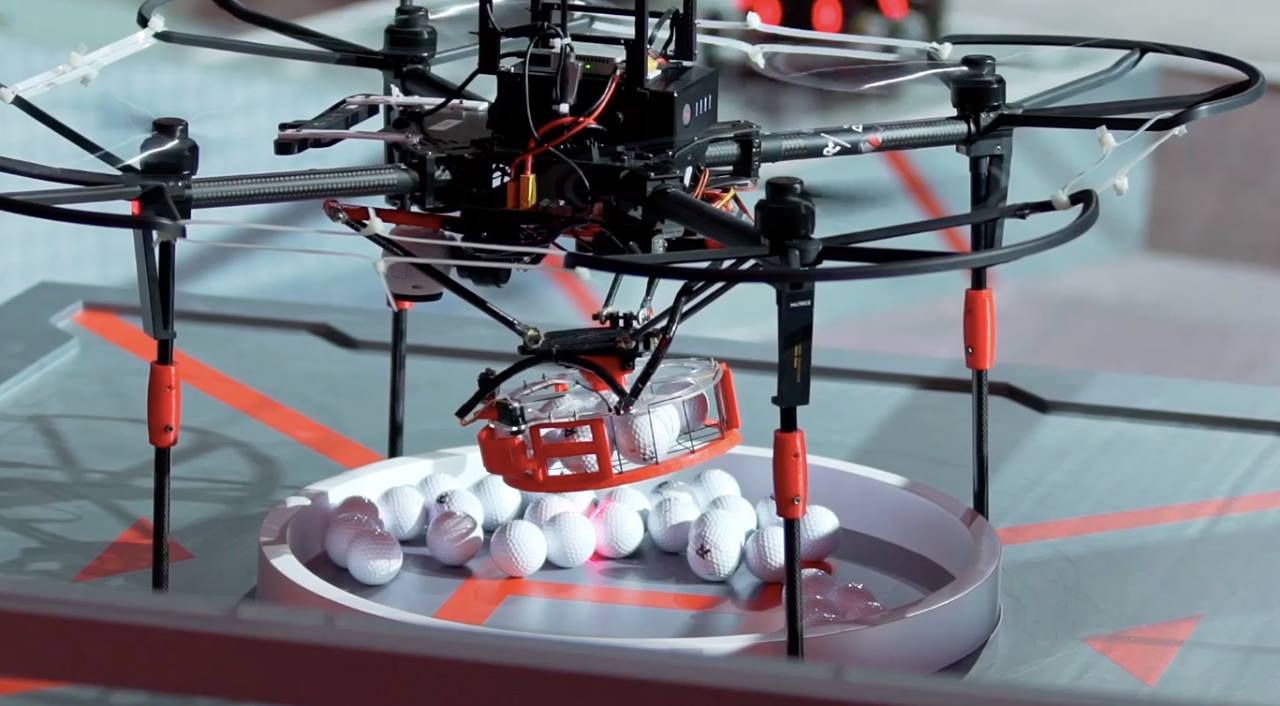A nice story out on transhumanism:
An idea that has frequently been used by science fiction is now starting to gain widespread attention by futurists, scientists, philosophers, and even the general public; the idea that the human species needs to use either artificial augmentations or gene manipulation to usher in the next stage of evolution. That idea is transhumanism.
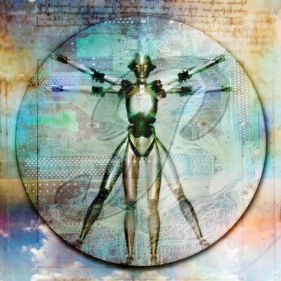 But why would humans want to willingly accelerate or initiate the next step in evolution? The positives of transhumanism are lofty goals that mankind has sought after for years, goals such as a world without diseases, ignorance, or even death. The only question, and an extremely important one, is how much is humanity willing to modify itself to attain those goals, and could the end result still be considered human? Some sources even suggest that in order to discuss individuals who are radically different from modern-day humans, the term “posthuman” must be used. Transhumanists who alter or augment themselves would theoretically at some point become a posthuman.
But why would humans want to willingly accelerate or initiate the next step in evolution? The positives of transhumanism are lofty goals that mankind has sought after for years, goals such as a world without diseases, ignorance, or even death. The only question, and an extremely important one, is how much is humanity willing to modify itself to attain those goals, and could the end result still be considered human? Some sources even suggest that in order to discuss individuals who are radically different from modern-day humans, the term “posthuman” must be used. Transhumanists who alter or augment themselves would theoretically at some point become a posthuman.
There are some examples that could be considered related to transhumanism. For example, vaccinations, laser eye surgery, and hearing aids are all technological innovations used to help improve the human body in some way. However, transhumanism suggests that humans in their current stage have not reached the end of their evolution, and that transhumanism itself, the modification of our bodies, would be the culmination of our evolution. However, transhumanism emphasizes that the next stage of evolution should be directed by humans rather than left to environmental or outside factors.
A number of different organizations have arisen that espouse the principles of transhumanism, such as Humanity+ which was originally founded as the World Transhumanist Association (WTA). In 2002, Humanity+ issued the “Transhumanist Declaration” which is a series of eight points that outlines the goals of transhumanism, such as the believe that humanity has not yet realized its potential, that humans should have the freedom to choose how they advance themselves, recognizing the sentience of human, animal and artificial intelligence, etc.
Read more


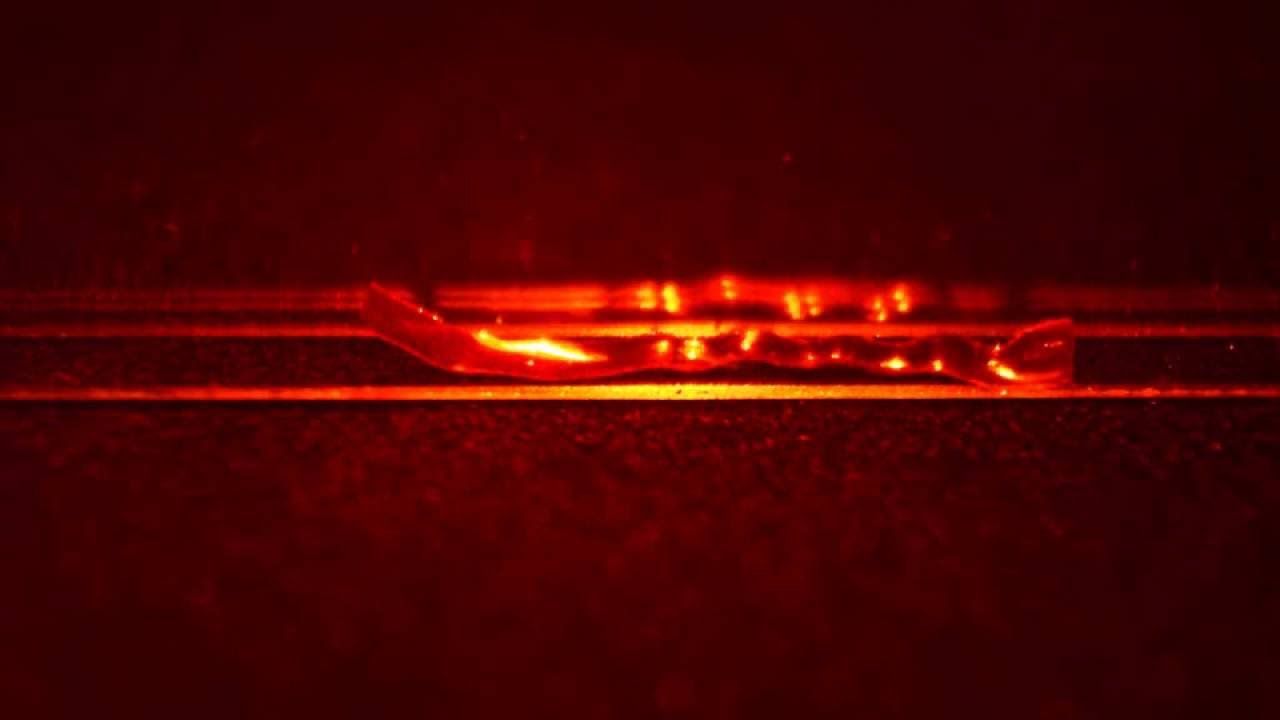


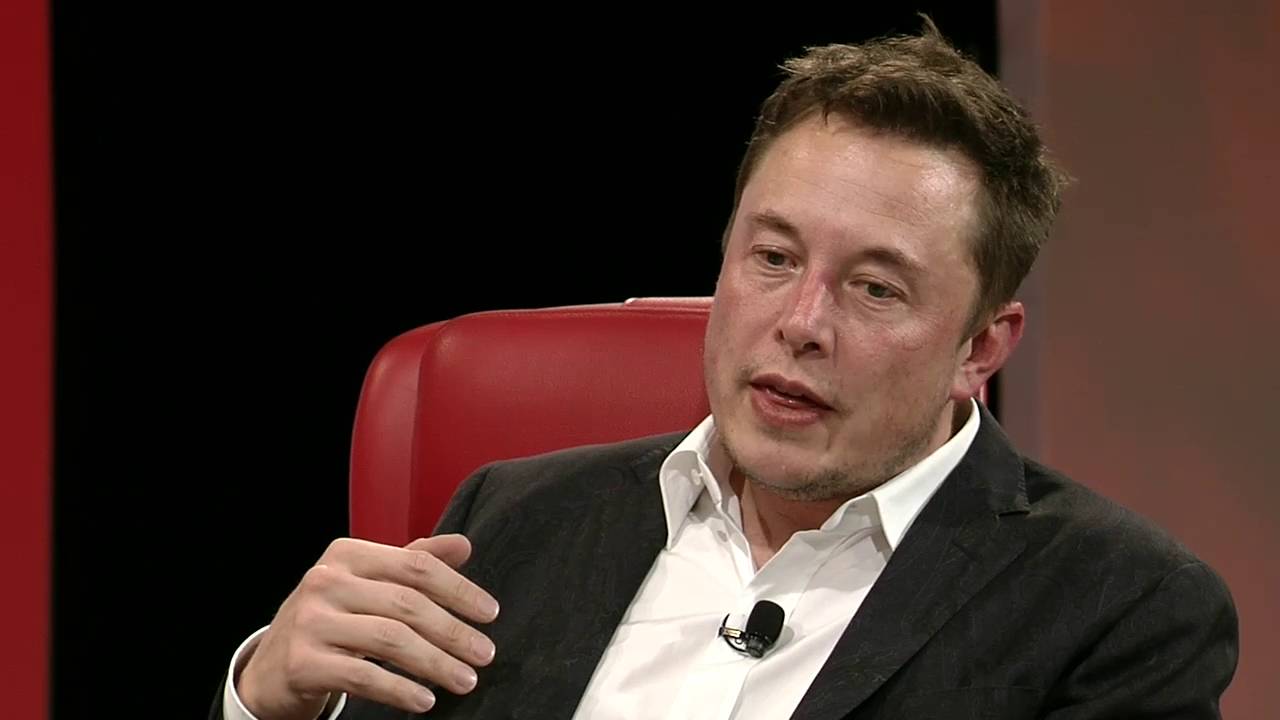

 But why would humans want to willingly accelerate or initiate the next step in evolution? The positives of transhumanism are lofty goals that mankind has sought after for years, goals such as a world without diseases, ignorance, or even death. The only question, and an extremely important one, is how much is humanity willing to modify itself to attain those goals, and could the end result still be considered human?
But why would humans want to willingly accelerate or initiate the next step in evolution? The positives of transhumanism are lofty goals that mankind has sought after for years, goals such as a world without diseases, ignorance, or even death. The only question, and an extremely important one, is how much is humanity willing to modify itself to attain those goals, and could the end result still be considered human? 